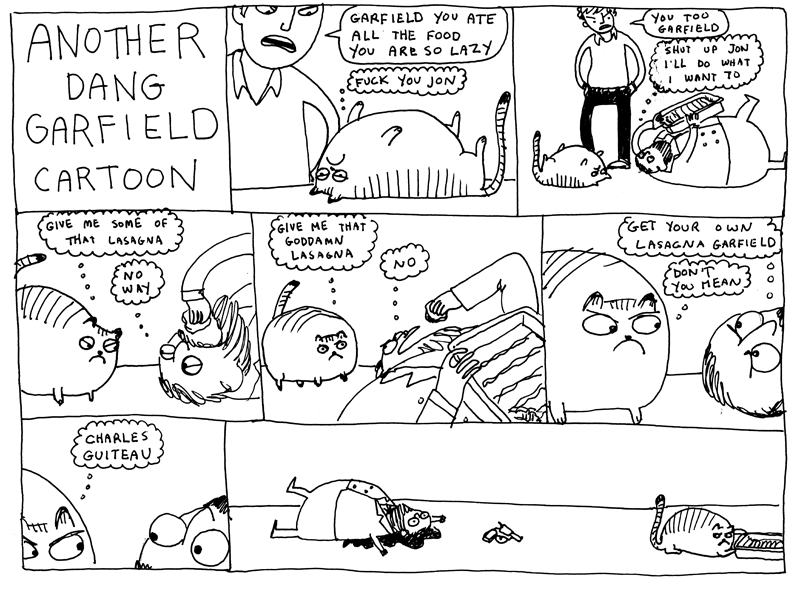So I’ve ignored this blog for the past few weeks, but I have good excuses! First, I sliced open my pinkie and had to wear a HUGE bandage all over my hand that made it hard to type. Second, I have been interviewing and transcribing. Yes, the terrible, horrible, no good, very bad transcription process. For my transcriptions with students, specialists, and editors, I just do a general script, basically writing the gist of what they are saying, with a few quotes. For writers and artists, I do a word-for-word transcription. When I was interviewing Diego Agrimbau, he mocked my tape recorder (cassette, and larger and heavier than a Bible), and also told me that I should have a digital recorder to share the files with other people. The work I am doing is unique, but useless if I keep these interviews to myself. But, instead of publishing cumbersome hours of audio, I’m transcribing the interviews with the goal of putting them online. Crippled both literally (pinkie) and mentally (transcription is exhausting), I’ve been unable to write for pleasure.
So, for today’s post I’ve decided to write about web comics from the United States. Up until recently, I hated web comics. I thought the format was jarring—too much time passes between uploads and I feel unsatisfied with the one measly page. And also, web comics were for the nerds attached to the computer, spouting Linux and punch lines. All the geeky males I knew and all my friends at college (I went to a women’s college) loved XKCD, a comic about nerds, love, and math illustrated by nauseating stick figures. They would quote it while taking about other things I despise, mainly video games or computers.
I held a profound hatred for web comics until January 2011 when I informally interviewed a friend that works with merchandising at Wondermark, a web comic that mixes Victorian images with weird situations. I was a huge asshole during the interview, frequently expressing my distaste of web comics and probably fake vomiting a few times. He was quite patient, and, based off my interest in history, recommended that I check out “Hark! A Vagrant” by Kate Beaton. When I got home, I reluctantly looked it up and...fell in love. Kate Beaton is a genius, mixing historical and literary jokes with wide-eyed, anachronistic characters, and connecting them all to modern day culture. I got some of the jokes about the United States (although none of the Canadian), and immediately proceeded to show them to my family or anyone else who would listen. “Hark! A Vagrant” comes out weekly, but it doesn’t bother me because her stories are auto-conclusive. Also, it turns out that I am a history nerd.

"Garfield" by Kate Beaton.
Historical reference: James A. Garfield, the 20th President of the USA, was shot and killed by Charles Guiteau.
Since January, I’ve only begun reading one more web comic: “Girls With Slingshots,” a comic about post-college graduates in a small town. It comes out daily, so I remember the narrative, and has a wide cast of characters that appeal to all types of people. The characters include S&M mistresses, roller derby lesbians, lushes, cats, baristas, computer junkies, etc. The comic is especially appealing because it shows the post-college funk, where most of the characters have jobs, but haven’t yet figured out what they want to do with their lives.

Girls with Slingshots
I’ve decided to make overcoming stupid prejudices one of my goals for the year. There were a lot of things that, after a few negative experiences, I wrote off completely, like music concerts and brussel sprouts. (I don’t hate music concerts if I can sit down and brussel sprouts are okay, but only lightly cooked and with lots of butter.) This goal isn’t really necessary to my life, but it helps break up my routine and I might end up finding something new. My next stupid prejudice ready to be overcome? Large groups of Americans mixed with beer. I am going to Oktoberfest with a group of other Fulbrighters. It's going to be awesome.












